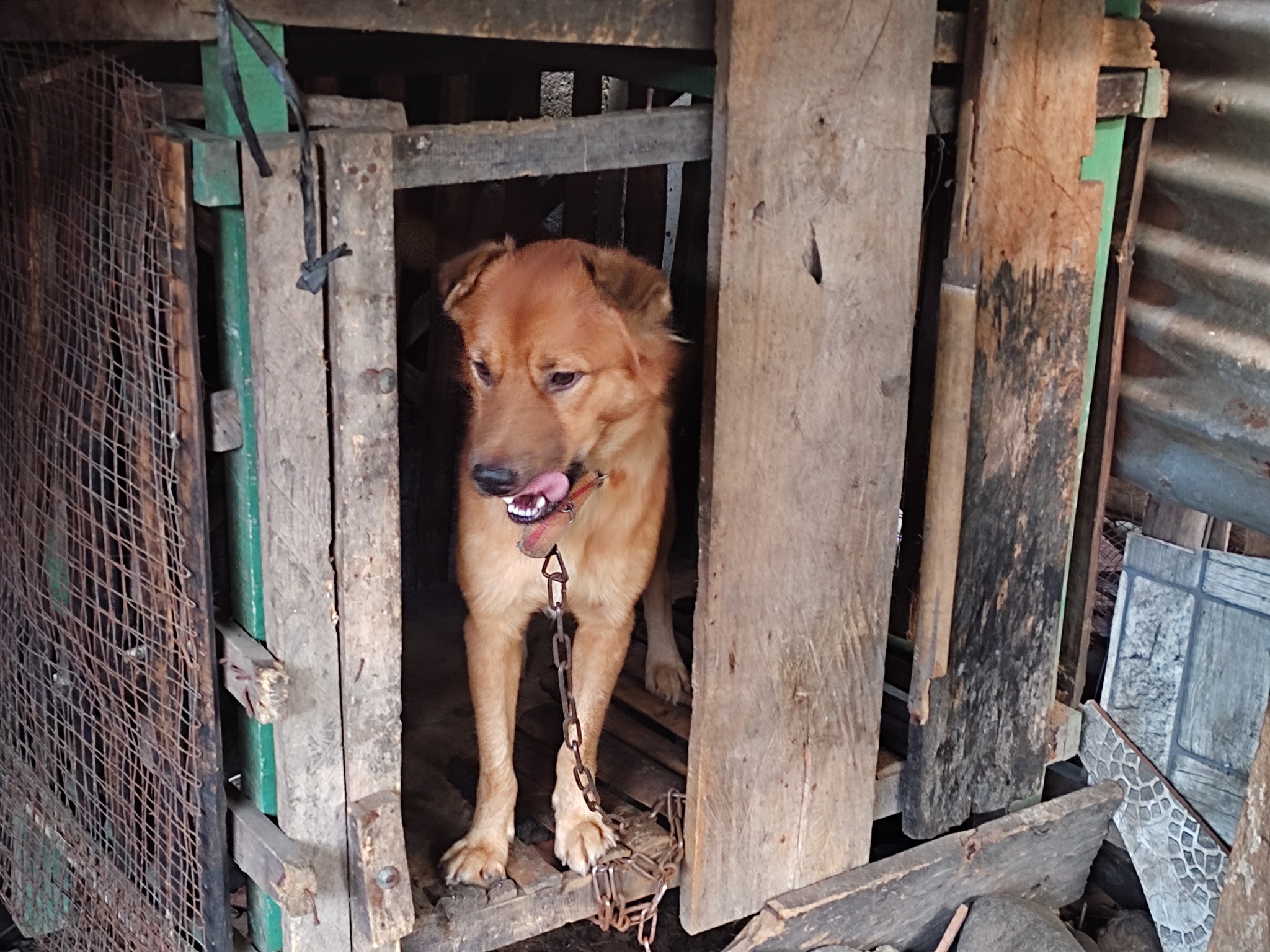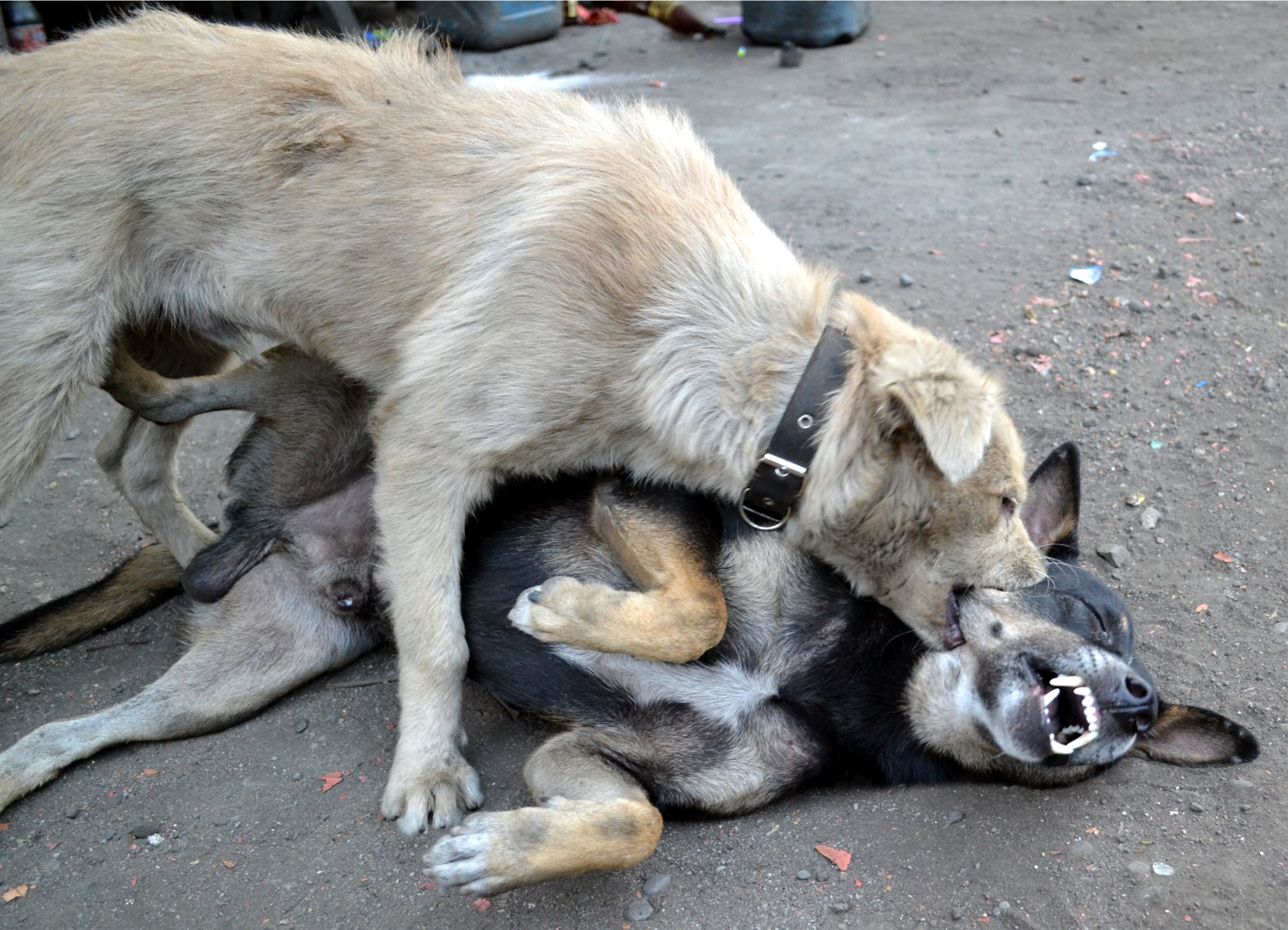Text and Photos by Henrylito D. Tacio
Dogs may be man’s best friend, but they are also carriers of one of mankind’s oldest diseases – rabies. As carriers of the virus that attacks the nervous system, dogs should not be played or hugged if they are infected. It’s the bite that should be avoided at all costs as the virus is present mainly in saliva.
“Although rabies is not among the leading causes of disease and death in the country, it has become a public health problem of significance for two reasons,” says the Department of Health (DOH).
For one, the Philippines ranks fourth worldwide in the incidence of rabies. For another, despite the government’s program of eliminating the disease, the number of cases continues to increase. In 1998, 362 Filipinos died of rabies compared with 321 in 1997 and 337 in 1996.
A current report, however, stated that “incidence of rabies cases in the country has declined in recent years.”
Still, “rabies continues to pose a daunting challenge to its population: over one million Filipinos are bitten by dogs every year, nearly half of whom are children below five years of age,” said a United Nations report.
In Davao City, a highly urbanized metropolis with almost two million inhabitants is not spared from the rabies problem. So much so that “the City Council passed on second reading the proposal amending Ordinance No. 1457, Series of 1974,” as per the report of Maya Padillo last March 12.
“If this ordinance is approved, it will strengthen the fight against the spread of rabies, accidents, increase of stray population due to irresponsible pet ownership,” Rovie Bullina, program director of Bantay Hayop Davao, was quoted as saying. “This is one way we can solve the problem directly, but it needs to be at the barangay level and not just another ordinance.
Although rabies is also present in other animals, dogs remain the principal animal source of rabies. This has been supported by a recent study that was published in PLoS ONE. “Most of the animal rabies cases (in Davao City) are coming from dog samples with a total of 210 rabies-infected dogs reported from 2006 to 2017,” the study reported.
If you are bitten by a dog, don’t kill the animal. But a man from Dumingag, Zamboanga del Sur, did not only kill the dog but butcher it for meat after being bitten by his dog. He cooked the meat and gave some to his friends and relatives. Fifteen days after he was bitten, he died. Those that had eaten the meat were reported to be infected too with rabies.
According to the health department, the rabies virus is present in the saliva, brain, and spinal cord of an infected animal. Two types of exposure should be considered: bite and non-bite.
“The most dangerous and common route of rabies exposure is from the bite of a rabid animal,” wrote Dr. Virgilio M. Ofiana on a rabies feature. “Exposure to rabies might also occur (non-bite) when virus-containing saliva or nerve tissue is introduced into fresh, open cuts in the skin or onto mucous membranes (that is, linings of the mouth and airways).”
It must be stressed here that petting or cuddling an animal and contact of saliva with intact skin “do not constitute exposure.”


How will you know whether a dog is rabid or not? In dogs, there are two types of rabies: “dumb” type (present in about 60%) and “furious” type (reported in about 40%). Also known as paralytic rabies, the dumb type is observed when the dog has a dropped jaw with tongue hanging out and saliva drooling. This manifestation is due to paralysis of the throat muscles.
“This dog cannot bite and is not dangerous unless you put your hand in its mouth,” Dr. Ofiana explained. “Occasionally, the paralysis may start in the hind legs and rapidly progress forward. This type can bite but is usually not vicious. It usually dies within three to five days.”
It is entirely a different story for the furious type. The symptoms, according to Dr. Ofiana, occur in the following sequence: change in “personality,” starting with a horse bark due to paralysis of the vocal cords; tries to hide in dark corners, closets or under the bed; becomes highly excitable, is restless and tries to get away; keeping it in pen is difficult; and starts to roam and may do so for kilometers, snapping and biting at anything that moves and gets in the way. It dies within 4-8 days due to complete paralysis.
The word “rabies” came from a Latin word that means “to rage.” Globally, 59,000 people die unnecessary deaths due to rabies each year. Until now, there is no cure for rabies. As stated earlier, it affects the nervous system of humans and animals; once signs of brain involvement are manifested, rabies is 100% fatal.
What happens between the time you are bitten and then by the time it becomes fatal? The US Centers for Disease Control and Prevention (CDC) shares the following sequence. Once you are bitten, the virus attaches to the cell membrane and begins to replicate its RNA inside the cell; the victim often shows no symptoms at this point. Rabies vaccination is needed at this time to abort the process.
The virus slowly moves from the wound to a nearby nerve and further replicates; the virus then travels up peripheral nerves toward the brain and spinal cord. Once in the brain or spinal cord, viruses replicate in the nerve cells; during this period, flu-like symptoms develop. In addition, there may be itchiness around the bite site.
Inside the brain, the virus temporarily interferes with connections to other parts of the body; the virus is likely to accumulate in the following brain parts: motor cortex (calls for brain signals to be sent through the spinal cord to body parts), hypothalamus (controls water and salt balance, thirst, arousal and basic functions, such as heart rate, blood pressure, temperature, and breathing), basal ganglia (important for learned movements), and cerebellum (facilitates smooth, precise balance and posture).
Finally, the virus migrates from the nerves into the salivary glands; during this period, these symptoms appear insomnia, slight or partial paralysis, excitation, hallucinations, excessive salivation, difficulty swallowing, and fear of water.
“With death inevitable, doctors care for the patient in a dark, quiet room,” the CDC says. “The patient dies within a week, usually due to respiratory failure.”
Rabies incubation – the time elapsed between exposure and when signs and symptoms first become apparent – can vary greatly. The typical incubation period, says the American Humane Association, is three to eight weeks. However, it can be as little as nine days or as long as several years in some rare cases.
Any mammal can get rabies, according to petmd.com. Domesticated animals like cattle, carabao, pigs, goats, and horses also have rabies. No rabies has been isolated from a bird, wild rat, or rabbit, nor from such pets as white rats or mice, hamsters, or guinea pigs. In the Philippines, the two most carriers of rabies are dogs and cats.
“People get rabies from scratch, lick or bite from a rabies-infected dog or cat,” the Davao-based Animal Bite Center (ABC) reminds.
Although rabies is almost 100% fatal, it is also 100% preventable. The ABC urges that once you are bitten by an animal – whether infected or not – immediately wash the wound with running water. “Washing with soap and water for 15 minutes with lather formation kills the majority of the viruses,” it says.
Applying antiseptic/alcohol after wound wash kills the viruses further. “Do not apply chilly powder, leave’s milk or other irritants on the wound,” ABC warns. “They do not kill the virus but cause its further spread.”
The Cleveland Clinic adds the following tips: Wrap the wound in a sterile bandage. Keep the wound bandaged and see your doctor. Change the bandage several times a day once your doctor has examined the wound.
“Animal bite is not an emergency case, there is no need to panic,” the ABC reminds. “Anti-rabies injection can be delayed by a day or two. However, if there is a massive nonstop bleeding or torn flesh, the nearest hospital can help you manage it.”
An ounce of prevention is better than a pound of cure, so goes a saying. By administering vaccine and immunoglobulin at the right time to an animal bite victim, rabies can be prevented.
There are two types of immunization: active and passive. Active immunization or vaccination, explains the health department, aims to induce the body to develop antibodies against rabies, whose effect lasts for one to three years.
Passive immunization, on the other hand, is the process of giving an antibody to persons bitten in the following instances: head and neck bites, multiple/single deep bites, contamination of mucous membranes, licks in the eyes, lips, and mouth. Passive immunization is done to provide immediate protection against rabies, which should be administered within the first seven days of active immunization.
Post-exposure treatment is given to persons who are exposed to rabid animals. It consists of local wound treatment, active immunization, and passive immunization.
By the way, there are also rabies vaccines available for animals. Dogs can receive the rabies vaccine as early as six to eight weeks of age, and cats as early as eight weeks, petmd.com says.

